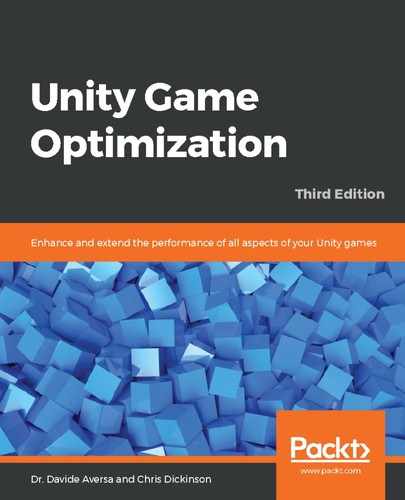The basic idea is that all Particle Systems are either predictable or not (deterministic versus non-deterministic), depending on various settings. When a Particle System is predictable and not visible to the main view, then the entire Particle System can be automatically culled away to save performance. As soon as a predictable Particle System comes back into view, Unity can figure out exactly how the Particle System is meant to look at that moment as if it had been generating particles the entire time it wasn't visible.
So long as the Particle System generates particles in a very procedural way, then the state is immediately solvable mathematically.
However, if any setting forces the Particle System to become unpredictable or nonprocedural, then it would have no idea what the current state of the Particle System needs to be, had it been hidden previously, and will hence need to render it fully every frame regardless of whether or not it is visible. Settings that break a Particle System's predictability include, but are not limited to, making the Particle System render in world-space; applying external forces, collisions, and trails; or using complex animation curves. Check out the blog post mentioned previously for a rigorous list of nonprocedural conditions.
Note that Unity provides a useful warning on Particle Systems when something would cause it to break automatic culling, as shown in the following screenshot:

